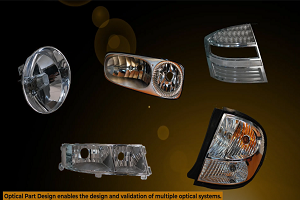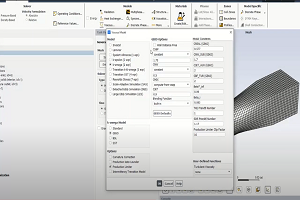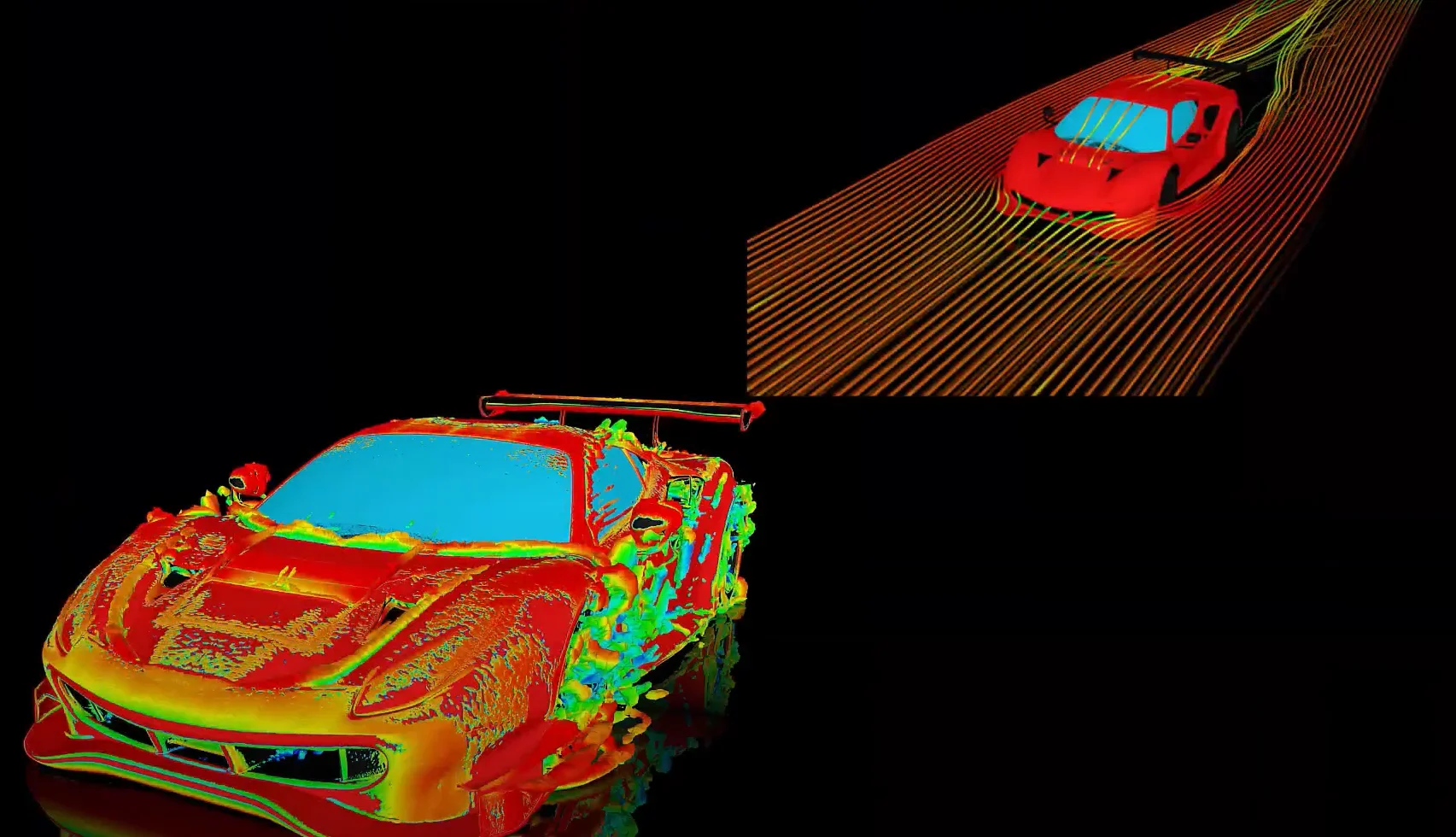Tagged: 2019 R2, cfd-post, fluid-dynamics, General
-
-
March 17, 2023 at 8:58 am
 FAQParticipant
FAQParticipantIn the detail view of the Particle Track (PT) you can choose “Filter” and specify as “End Region” the regions where the PTs shall end. You can only filter with respect to pre-defined boundary patches. It is not sufficient if the required region is accessible as a “Mesh Region”. Alternatively, you can write a session file or CFD-Post Macro which processes the individual PTs and filters based on more advanced and flexible criteria.
-


Introducing Ansys Electronics Desktop on Ansys Cloud
The Watch & Learn video article provides an overview of cloud computing from Electronics Desktop and details the product licenses and subscriptions to ANSYS Cloud Service that are...

How to Create a Reflector for a Center High-Mounted Stop Lamp (CHMSL)
This video article demonstrates how to create a reflector for a center high-mounted stop lamp. Optical Part design in Ansys SPEOS enables the design and validation of multiple...

Introducing the GEKO Turbulence Model in Ansys Fluent
The GEKO (GEneralized K-Omega) turbulence model offers a flexible, robust, general-purpose approach to RANS turbulence modeling. Introducing 2 videos: Part 1 provides background information on the model and a...

Postprocessing on Ansys EnSight
This video demonstrates exporting data from Fluent in EnSight Case Gold format, and it reviews the basic postprocessing capabilities of EnSight.

- How to overcome the model information incompatible with incoming mesh error?
- Is there a way to get the volume of a register using expression ?
- Skewness in ANSYS Meshing
- What are the requirements for an axisymmetric analysis?
- What are pressure-based solver vs. density-based solver in FLUENT?
- How to create and execute a FLUENT journal file?
- How to get information about mesh cell count and cell types in Fluent?
- What is a .wbpz file and how can I use it?
- How can I Export and import boxes / Systems from one Workbench Project to another?
- ANSYS Fluent: Introduction to the GEKO Turbulence Model Part I

© 2025 Copyright ANSYS, Inc. All rights reserved.

